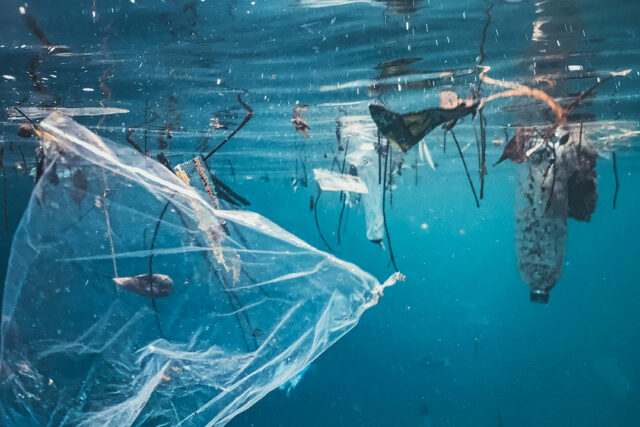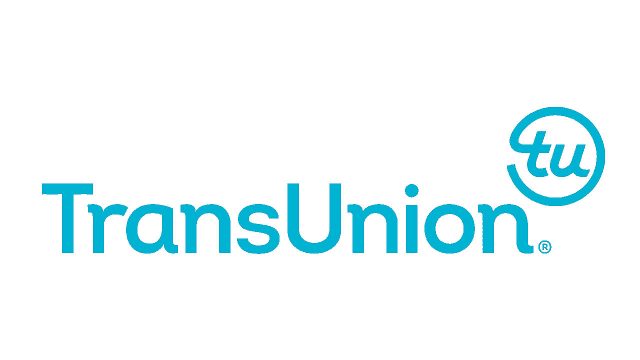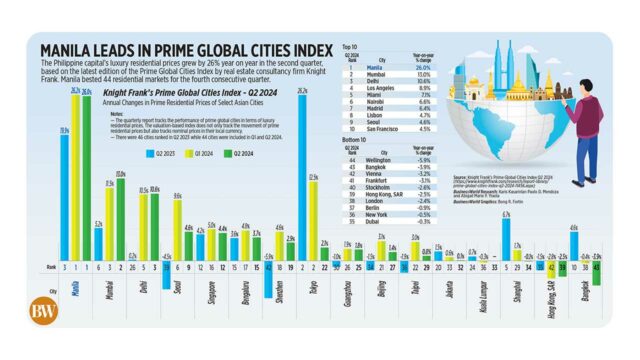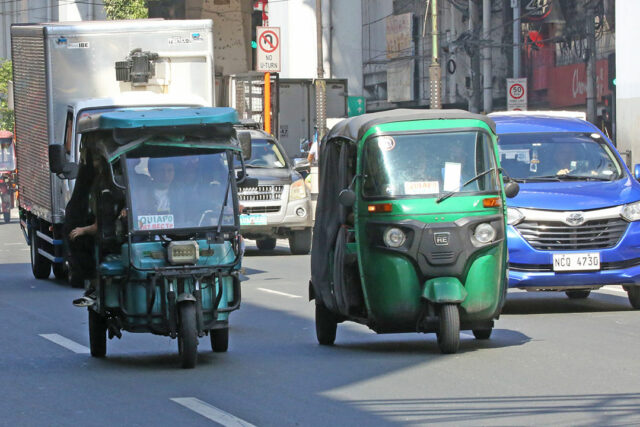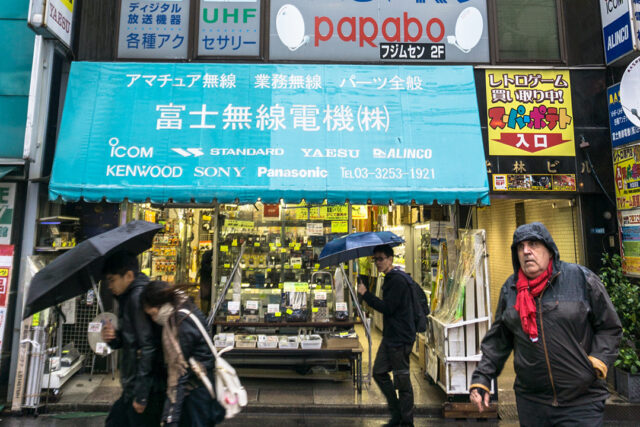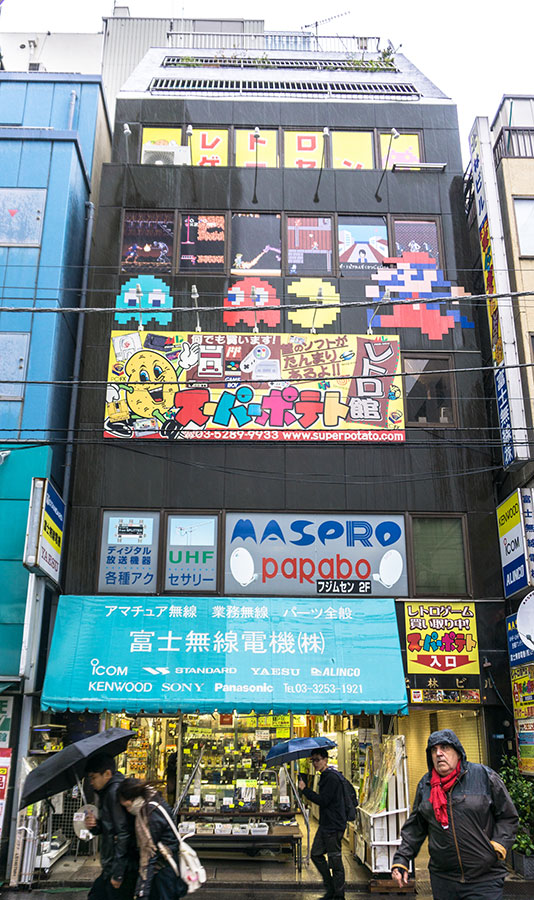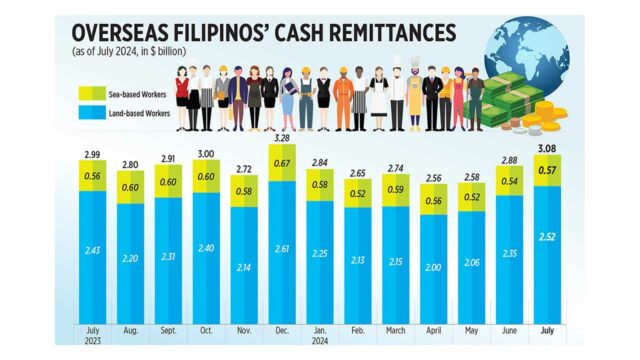THE PHILIPPINE property is likely to benefit greatly from the government’s massive infrastructure push. The “sustained, strategic, and on schedule” infrastructure implementation is a plus for the property sector that is still recovering from the adverse impacts of the pandemic. Major projects are heading south of Luzon, that’s why we see the region benefiting from the national government’s “Build Better More” initiative.
This pledge to improve infrastructure connectivity is one of the major growth drivers for the property market of the Cavite-Laguna-Batangas (CALABA) corridor which I highlighted during the Colliers Philippines’ South Luzon Property Market Briefing held at Brittany Hotel in Villar city on Aug. 27. Colliers Philippines partnered with Brittany and Villar city for our first ever South Luzon-focused property briefing.
Colliers Philippines believes that sustained infrastructure implementation will play a crucial role in booting land and property values in South Luzon. The government’s commitment to accelerate decentralization and infrastructure implementation will be key in further raising the region’s attractiveness and competitiveness. This should also facilitate the inflow of more foreign investments, particularly those funneled into the property sector.
METRO MANILA SUBWAY’S GARGANTUAN ECONOMIC BENEFITS
While the multibillion-peso project will only cover Metro Manila, we are optimistic that the subway will have tangential positive impact on South Luzon’s property market. The Department of Transportation (DoTr) recently announced that the project has made ‘significant progress’ in its construction. According to the DoTr, the project has reached nearly 15% of its target completion as of May 31, 2024. There is no doubt that the country’s first underground railway system holds a lot of promise for the improvement of mass transportation in Metro Manila and we see the positive impacts spilling over to neighboring regions including CALABA.
NLEX-SLEX CONNECTOR TO FURTHER EASE CONNECTIVITY
The project is an eight-kilometer expressway that connects C3 Road in Caloocan to PUP Manila and Skyway Stage 3. With a budget of P23.3 billion, the project aims to improve access between Metro Manila and Northern and Southern Luzon provinces and benefit employees and residents in these regions. The remaining section up to Santa Mesa is under construction and is projected to be completed by the end of 2024.
SOUTH COMMUTER RAILWAY TO BUOY PROPERTY DEMAND IN THE SOUTH
The South Commuter Railway is a 55-kilometer project connecting Metro Manila to Laguna. The project involves three civil contract packages consisting of railway viaduct structures and elevated stations at Alabang and Muntinlupa, San Pedro, Pacita, Biñan, and Santa Rosa, and Cabuyao, Banlic, and Calamba. About 600,000 passengers are expected to be served daily by the railway and will provide less than two hours of end-to-end travel time. According to government and private sector sources, the project is expected to be completed in 2028.
LRT-1 CAVITE EXTENSION PROJECT TO EXTEND ECONOMIC BENEFITS OUTSIDE METRO MANILA
The LRT-1 Cavite Extension is a 11.7-kilometer railway extension that can accommodate up to 800,000 passengers per day and reduce travel time from Baclaran to Bacoor, Cavite in just 25 minutes. According to government sources, the first phase of the railway has a progress rate of 98% as of April 2024 and will be completed by the fourth quarter (Q4) of 2024. Phase 1 will span 6.7 kilometers and will connect the existing LRT-1 Baclaran Station to five new stations namely Redemptorist, MIA, Asiaworld, Ninoy Aquino, and Dr. Santos. Meanwhile, Phase 2 of the project includes the construction of Las Piñas and Zapote stations, while the final phase and the last stop of the Cavite Extension is the Niog Station.
CAVITE-LAGUNA EXPRESSWAY TO EXPEDITE FOSTERING OF INCLUSIVE GROWTH
Cavite-Laguna Expressway (CALAX) is a four-lane expressway connecting CAVITEX and SLEX. The project will start from the CAVITEX in Kawit, Cavite and end at the SLEX-Mamplasan Interchange in Biñan, Laguna. The 3.9-kilometer Silang Interchange segment opened in November 2023. The interchange can cater to 5,000 motorists daily and offers a faster route to Silang town and Tagaytay City. In 2025, CALAX will further expand to a total of 45 kilometers and will connect to the Manila-Cavite Expressway (CAVITEX) in Kawit.
MANUFACTURING A MAJOR PLANK OF SOUTH LUZON’S ECONOMY
A major driver of the region’s economic growth is its manufacturing sector. In fact, the industrial sector accounted for 50% of the region’s economy in 2023. This indicates that manufacturing is one of the South Luzon region’s major pillars and long-term growth will hinge on this subsegment.
The CALABA region continues to attract major investors that export electronic products and other high-value manufactured items to major Asian and western economies. Japanese firms continue to gravitate towards the south and this has been enticing property firms to expand residential and industrial footprint especially in the CALABA corridor.
A more dynamic manufacturing sector should be beneficial to the Southern Luzon region as it houses expansive industrial parks. The region continues to attract global manufacturing players due to its skilled manpower.
TAPPING SOUTH LUZON’S MASSIVE UPSIDE POTENTIAL
Colliers believes that the CALABA region’s property market will only continue to expand in the years to come. Hopefully, a cargo rail will also be lined up in the near future as this will further boost the competitiveness and attractiveness of south Luzon’s property market, including its industrial subsegment.
All these efforts should be complemented by the government’s push to ease business registration processes especially as this is an important step in raising the Philippines’ competitiveness as an industrial hub in Southeast Asia. An improving infrastructure connectivity supported by an aggressive push to decentralize and simplify business registration should be a plus for the south Luzon property market.
Indeed, there’s a lot of property upside down south (Luzon)!
Joey Roi Bondoc is the director and head of Research of Colliers Philippines.
joey.bondoc@colliers.com





